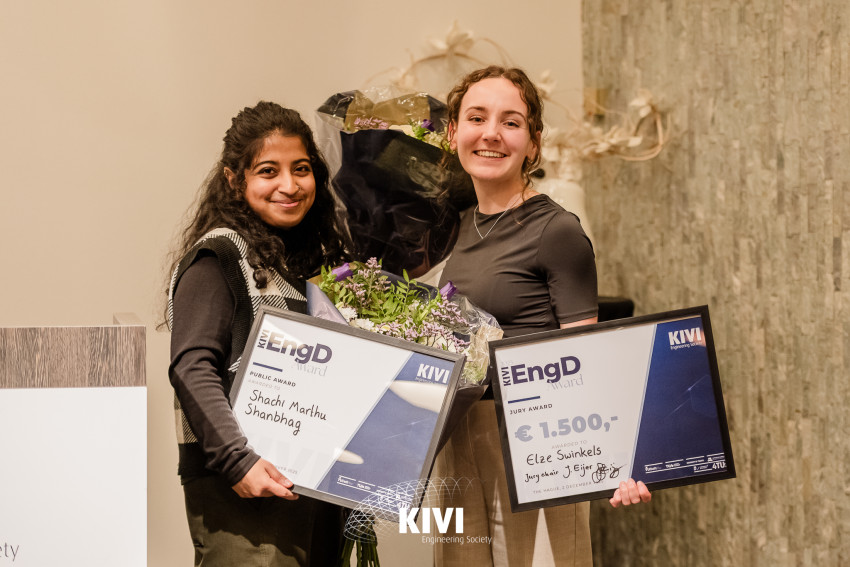
Ludo Diels, a research leader at the Belgian science institute Vito, gives a hopeful smile when asked if aromatic molecules—which make up about 40% of all industrial chemicals produced today—could soon be made from waste biomaterials or plastic.

Several years ago there was widespread talk that the arrival of such sustainable aromatics was imminent, but little—if any—commercial activity materialized. This time, though, Diels, who chairs the advisory board of Shared Research Center Biorizon, a Dutch research center that is striving to commercialize bioaromatics, is confident bioaromatics will soon be developed. “It’s our ambition to be on the market in 2025, and we are on schedule,” Diels says.
A key difference between now and even a couple of years ago is that several processes have left the lab and are being tested in pilot plants. This is especially so in Europe, where technology companies are inviting would-be customers to try out kilogram quantities of product. Conversations now are about the amount of money companies are seeking—or have already secured—to build demonstration plants. Some companies outside Europe, including US-based Anellotech, are also advancing plans to bring bioaromatics to market.
Biorizon, the Europe-centric consortium that Diels cofounded in 2013, is at the heart of Europe’s bioaromatics effort. It has received more than $50 million from European governments and the European Commission for technology development. Big companies, including Huntsman, Neste, Sabic, Covestro, and DSM, are among its members, which have multiplied from 25 in its inaugural year to more than 300 today.
Biorizon members are getting aromatics from raw materials including sugar, mixed plastic waste, and lignin, a low-value by-product of the pulp and paper industry. Target aromatic molecules are the building-block chemicals benzene, toluene, and xylene as well as more specialized aromatics.
Having large volumes of low-cost feedstock is one thing, but converting them into aromatic compounds has proved challenging. Thermochemical and catalytic processes are generally at earlier stages of development. More advanced are pyrolysis or gasification processes. “Some are already nearly precommercial,” Diels says.
Lignin has proved to be a particularly challenging feedstock. “As the saying goes, you can make anything from lignin except money,” Diels says. Current technologies for processing lignin fail to retain the functionality of aromatic rings within the material, and often lignin is used simply as a fuel. But Diels is convinced that Biorizon members are on the way to solving this conundrum.
One solution is to carefully depolymerize lignin and separate out monomers, says Jean Behaghel de Bueren, chief scientific officer at Bloom Biorenewables, a start-up based in Lausanne, Switzerland. Bloom’s approach is to treat wood with an aldehyde that both separates lignin from wood’s two other main components—cellulose and hemicellulose—and stabilizes it, preserving its ether bonds so that it can be used to make bioaromatics, Behaghel de Bueren says.
“We are currently the only ones able to extract a native, soluble form of this lignin that can be valorized or converted into platform molecules with near-theoretical rates,” Bloom CEO and cofounder Remy Buser says in a recent company video. “That means we extract everything that can be extracted.”


